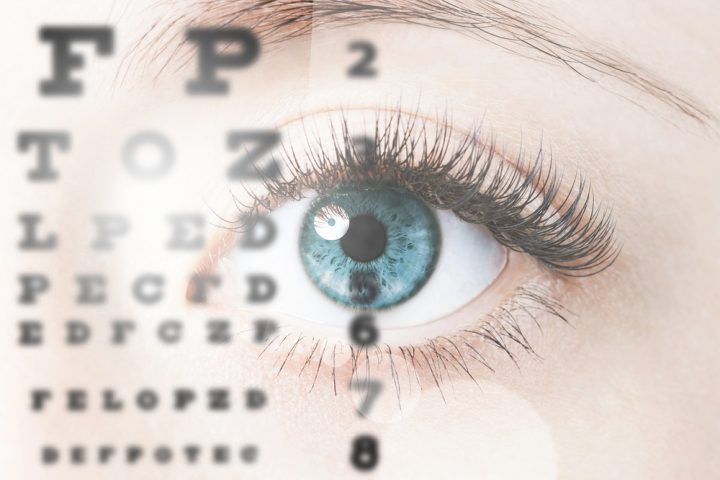Noninvasive Imaging Techniques May Help Identify, Monitor Eye Problems in FAP, Study Shows

Noninvasive imaging techniques may be helpful for identifying and monitoring eye problems in familial amyloid polyneuropathy (FAP), a study shows.
Titled “Multimodal retinal imaging of familial amyloid polyneuropathy,” the study was published in Ophthalmic Genetics.
FAP is caused by misfolding of the protein transthyretin (TTR), which then accumulates in the body with toxic effects. The majority of TTR is produced in the liver, but some — about 10% — is made in the eyes. The TTR protein transports vitamin A (retinol) and a hormone called thyroxine throughout the body.
Eye involvement is common in FAP, and importantly, these manifestations of the disease can still occur after a liver transplant. Therefore, it is important to be able to monitor the eyes of people with FAP. That can be done by imaging techniques that look for abnormalities, such as the buildup of protein deposits.
The “gold standard” for eye imaging involves the injection of dyes like fluorescein. But this can be problematic because some people are allergic to these dyes. Thus, it’s important to be able to image eyes noninvasively.
To learn more, the researchers tested several such imaging techniques. These included optic coherence tomography-angiography (OCT-A), fundus autofluorescence (AF), and ultra-wide-field retinography (UWF). All of these techniques are designed to assess the health of the retina — the part of the eye that translates light into signals the brain can interpret. However, there is little published data on their use in people with FAP.
The researchers tested these techniques on 15 eyes from eight people with FAP. In addition, all participants gave a full medical history and underwent a routine eye exam.
Protein deposit-related eye abnormalities, such as retinal bleeding, were detected in six (75%) of the participants. This is a higher rate of such complications than has been reported in the literature. However, the very small sample size make it impossible to make sweeping generalizations about these conditions in FAP. Moreover, several patients had additional conditions, such as diabetes and heart disease, which may result in ocular problems.
Rather than focusing on results, the researchers were interested in describing the utility of the various imaging methods in people with FAP.
The various techniques were found to indeed be useful, according to the researchers. They noted that OCT-A was particularly good for getting a clear image of the back of the eye. The UWF technique was helpful for viewing the area around the edges of the retina. Retinal deposits were easily identified using all three techniques.
“The described imaging techniques can help in identifying patients needing a stricter follow-up and perhaps selecting the ones who require more invasive diagnostics,” the researchers said.
However, they noted that the use of these techniques in FAP is still in its infancy, and as such, they should be used with appropriate caution.
“Given the rarity of the disease, and so far limited knowledge with the OCT-A in FAP, we do not feel at this point that the novel non-invasive modalities should replace the traditional imaging, and patients with suspected vascular pathology should still have an angiography performed before more data from comparative studies on larger cohorts becomes available,” they said.
Still, this study does suggest, broadly, that these noninvasive techniques could be useful for monitoring the eyes of people with FAP.






